Twenty Springs is a sound, light and haptic environment stemming from the artistic-scientific research Common Grounds. This installation uses a detailed set of hourly environmental data points recorded since 1998 at the Bayelva permafrost measurement station at the Svalbard archipelago in the high arctic region of Norway. Thirty three parameters of the dataset are translated and fed into an array of multi-channel sounding sculptures. Compressed into a single hour, it sonifies the first twenty springs of the current millenium as a navigable, storied, sound-light environment.
This environment establishes an analogous, artificial ecology that maintains an underlying connection to the distribution of sensors installed at the Bayelva research site. The physical-spatial relations of its sound sources correspond to the sensors at the Arctic station: spread three-dimensionally in space, they establish relations with visitors’ moving and listening bodies on both horizontal and vertical planes. In addition, a CO2 sensor measures the local atmosphere and captures the effect of visitors' breath, incorporating the installation space and the visitors into the sounding data stream.
This environment establishes an analogous, artificial ecology that maintains an underlying connection to the distribution of sensors installed at the Bayelva research site. The physical-spatial relations of its sound sources correspond to the sensors at the Arctic station: spread three-dimensionally in space, they establish relations with visitors’ moving and listening bodies on both horizontal and vertical planes. In addition, a CO2 sensor measures the local atmosphere and captures the effect of visitors' breath, incorporating the installation space and the visitors into the sounding data stream.
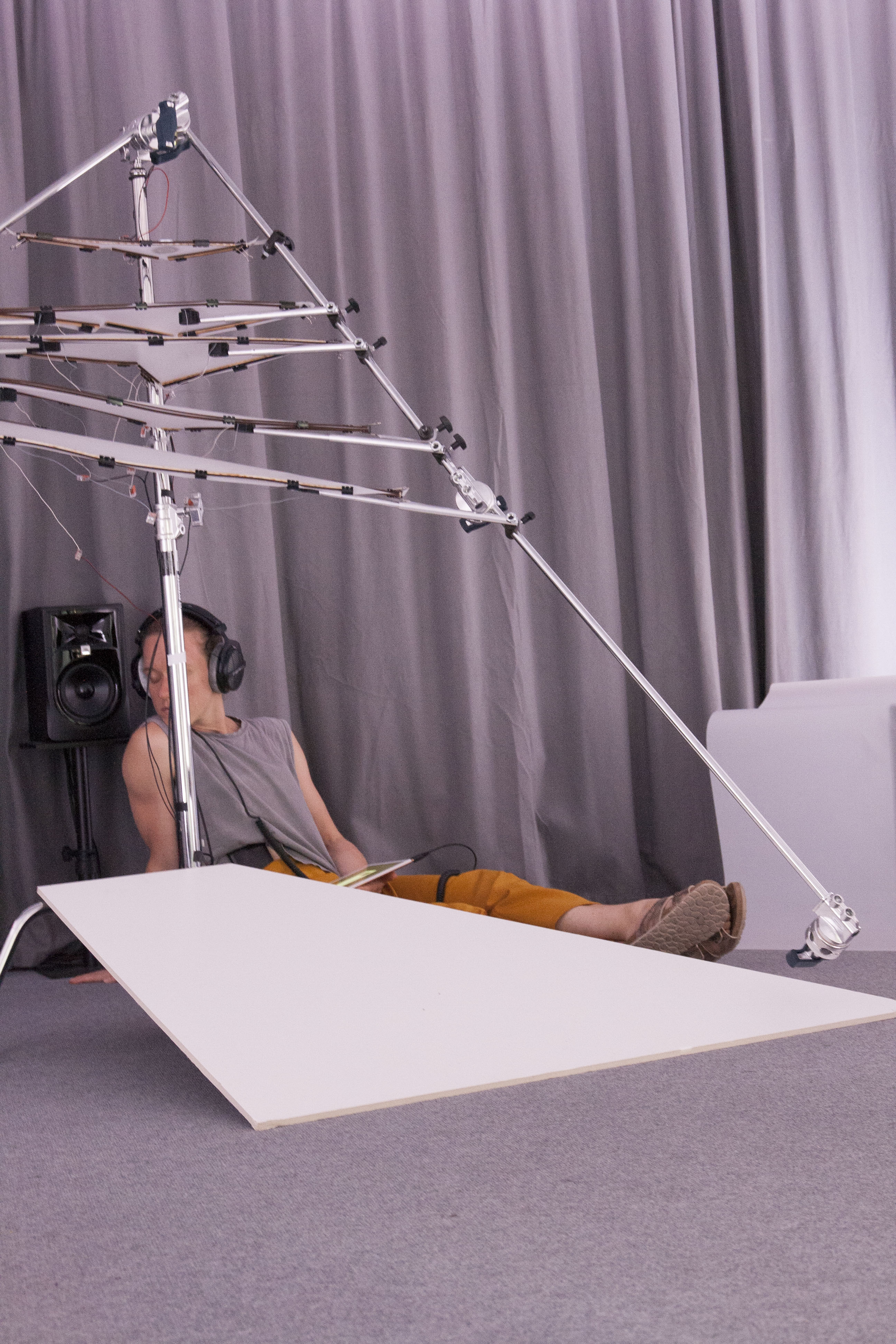



This sono-choreographic environment intersects the whisper, that speech-act at the limits of audibility, with the urgency of unheard (or at least under-represented) perspectives/ideas/stories. Each instantiation of this environment performs these critical whispers through various texts and instruments.
:: CIRCLE

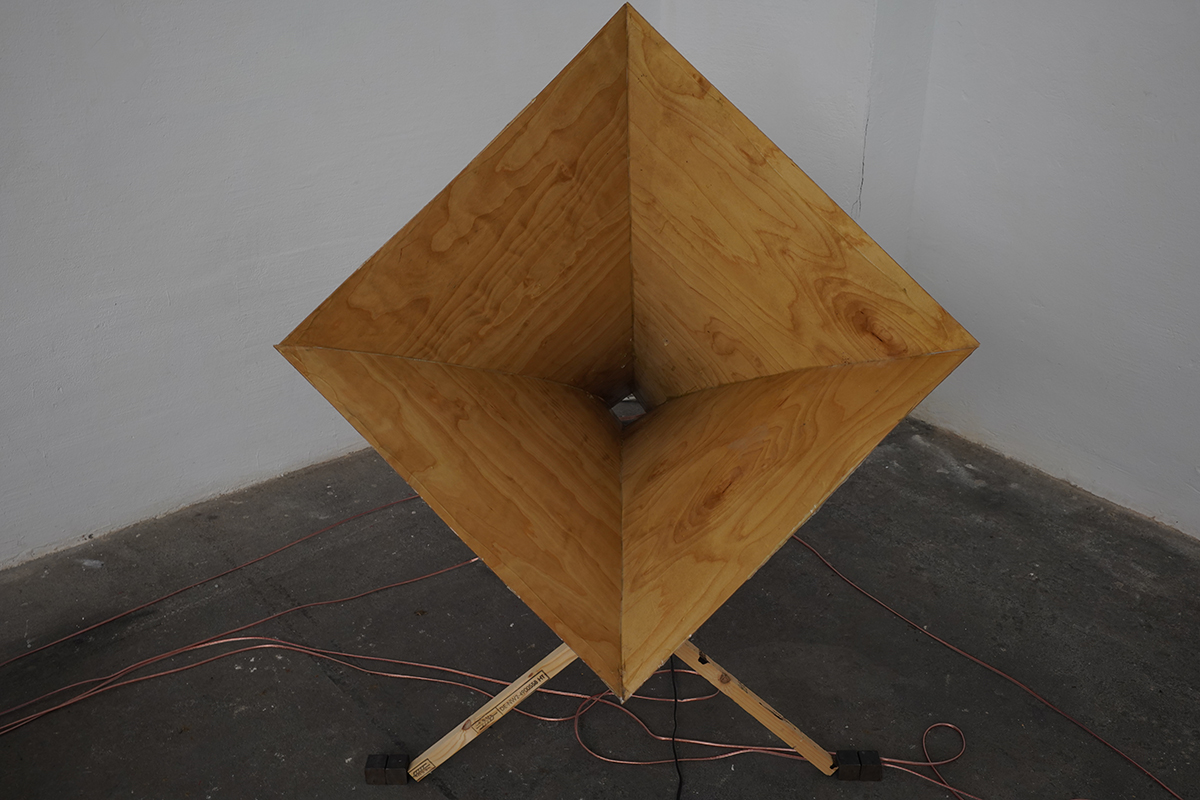
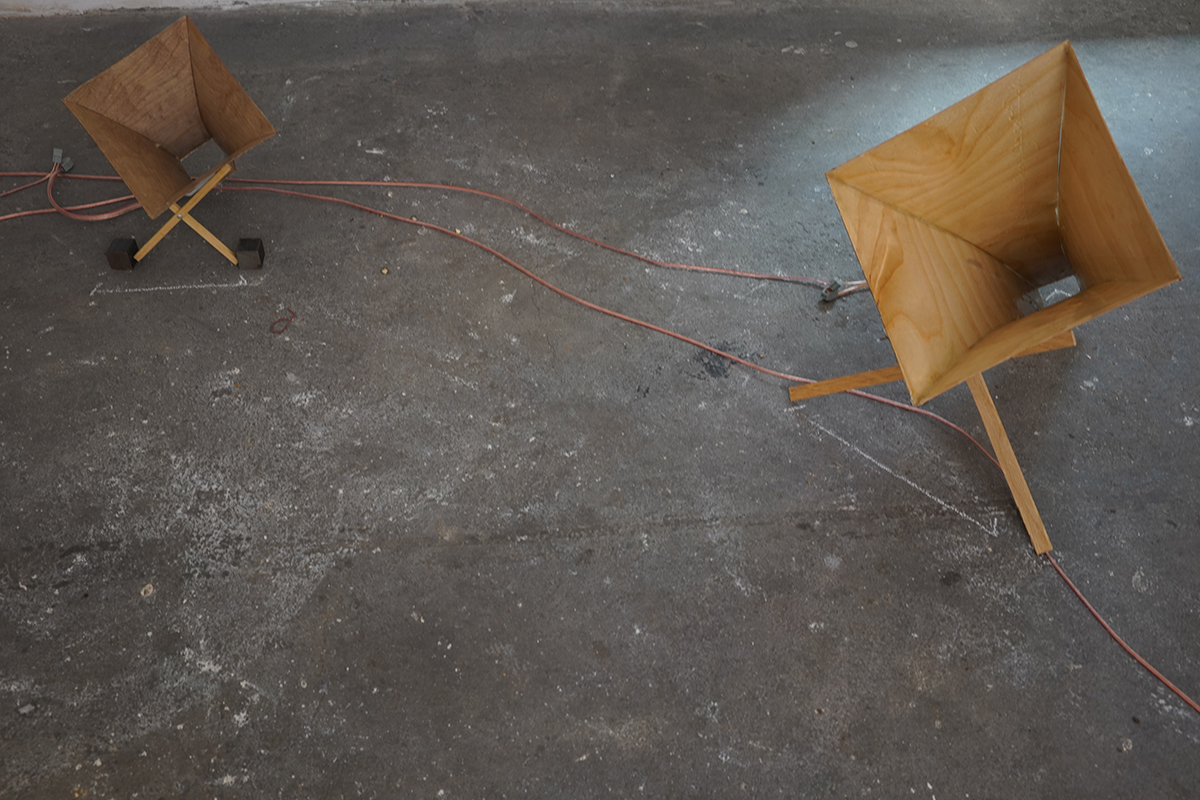
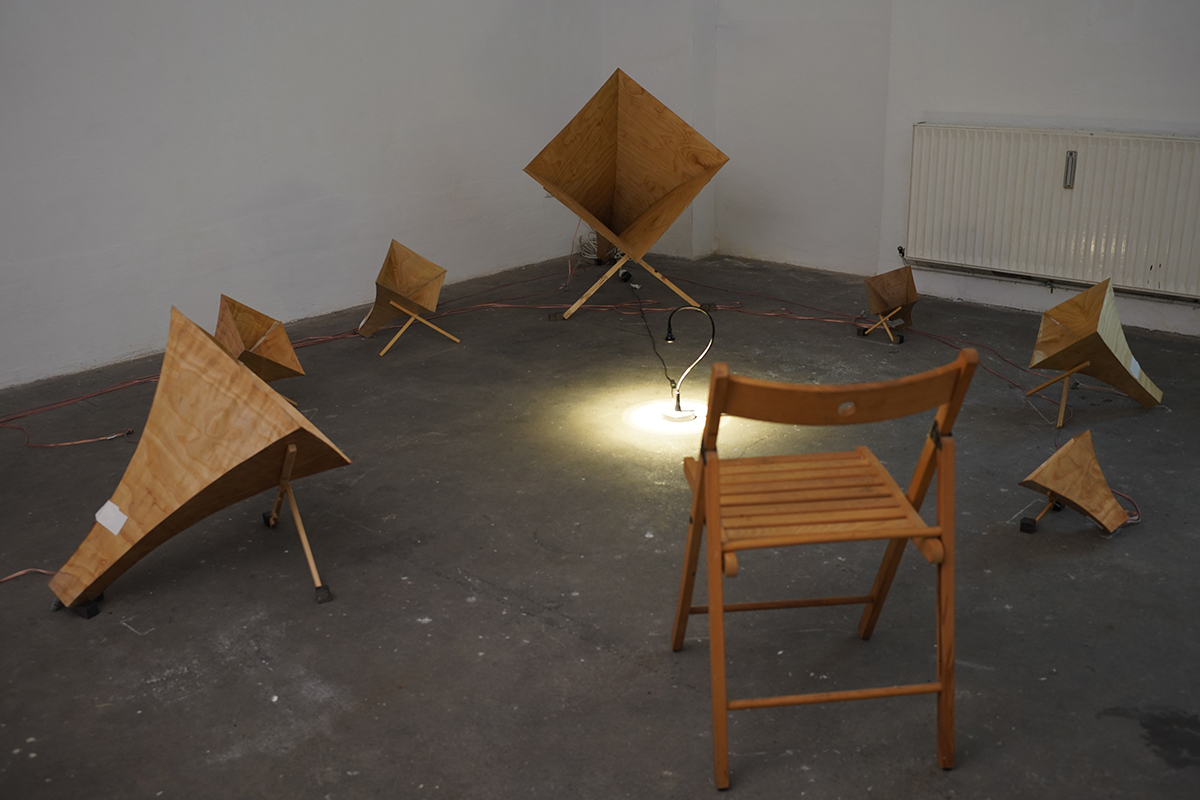
Photo credits ©SCC
'Whisperings: Circle' is an intimate congregation of seven custom made horns that whisper seven texts, one on each day of the week. The whisperings ponder the etymological and astrological roots of the days of the week,
Part of '9days8nights', an exhibition that invited to inhabit instruments for poetic measurement of plural durations of being.
Indoor installation for the space ‘sign,CIAT’ of the Contemporary Institute for Art and Thought in Berlin, 30.8.2021-7.9.2021.
Part of '9days8nights', an exhibition that invited to inhabit instruments for poetic measurement of plural durations of being.
Indoor installation for the space ‘sign,CIAT’ of the Contemporary Institute for Art and Thought in Berlin, 30.8.2021-7.9.2021.
Commissioned by the Contemporary Institute for Art and Thought (CIA&T)
Funded by VG Bild-Kunst
Funded by VG Bild-Kunst
:: WHISTLEBLOWERS

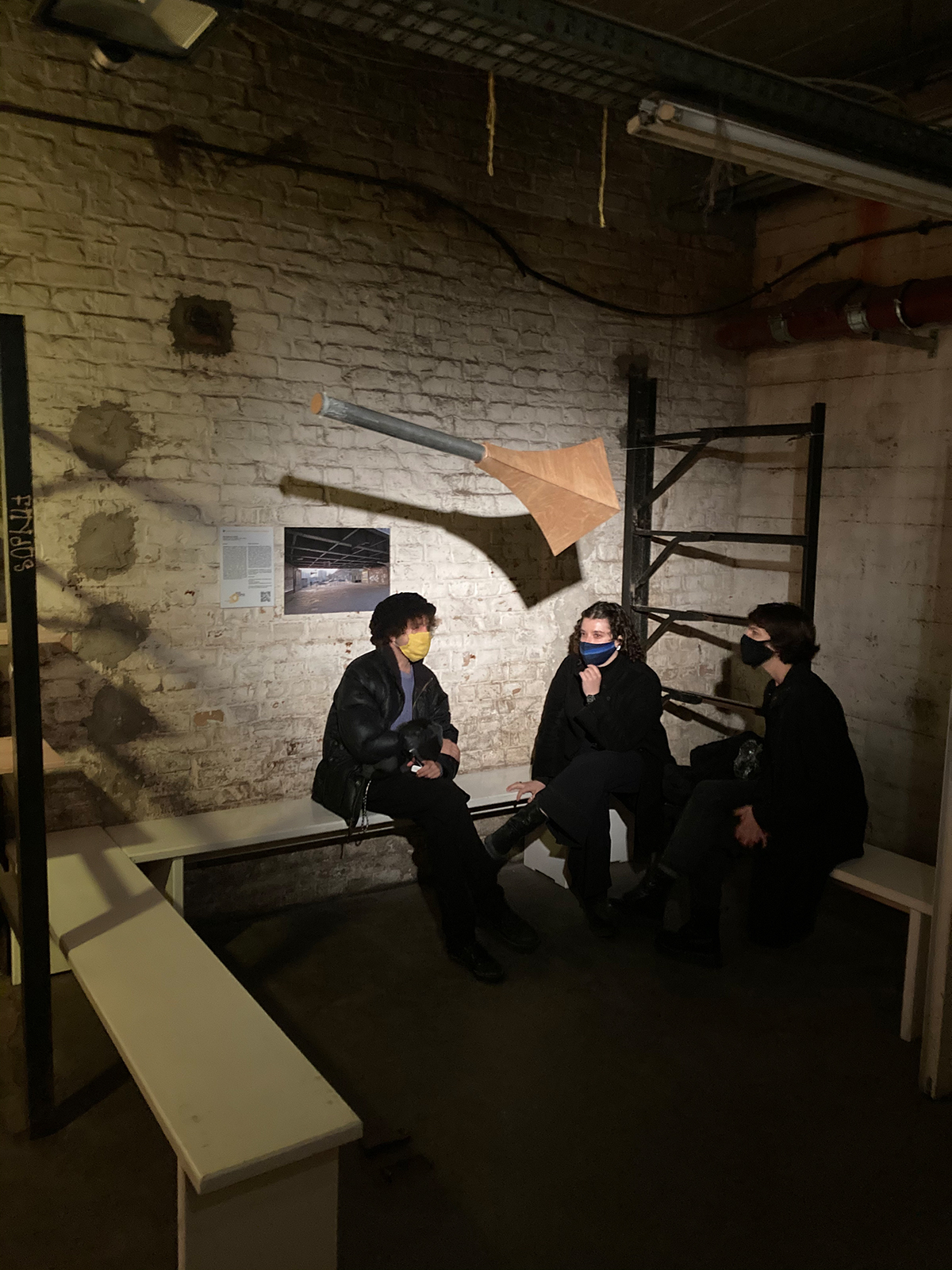
Photo credits ©SCC
In 'Whisperings: Whistleblowers' the atmospheric sensibility of electro-acoustic wind instruments is grounded as political voices are mixed into and amplified by the wind. At a time when whistleblowers expose the ways in which we are manipulated by invisible powers, these instruments transform uncomfortable revelations, warnings, and signals into sounds and chants, narrated by artificially generated voices.
Commissioned by the Dystopie sound art festival 2020, the environment was originally conceived as an outdoor sonic intervention for a public space in one of Berlin’s S-bahn stations, the work was subsequently installed in an indoor gallery space because requisite permissions could not be obtained for the public installation.
Commissioned by the Dystopie sound art festival 2020, the environment was originally conceived as an outdoor sonic intervention for a public space in one of Berlin’s S-bahn stations, the work was subsequently installed in an indoor gallery space because requisite permissions could not be obtained for the public installation.

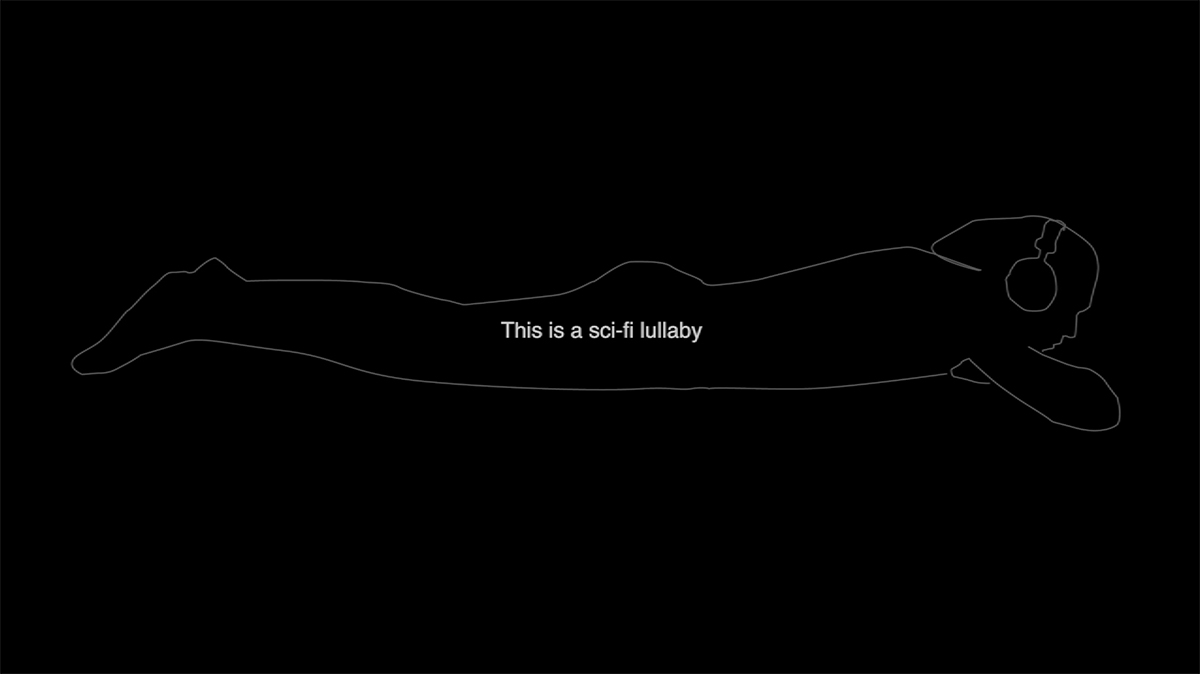

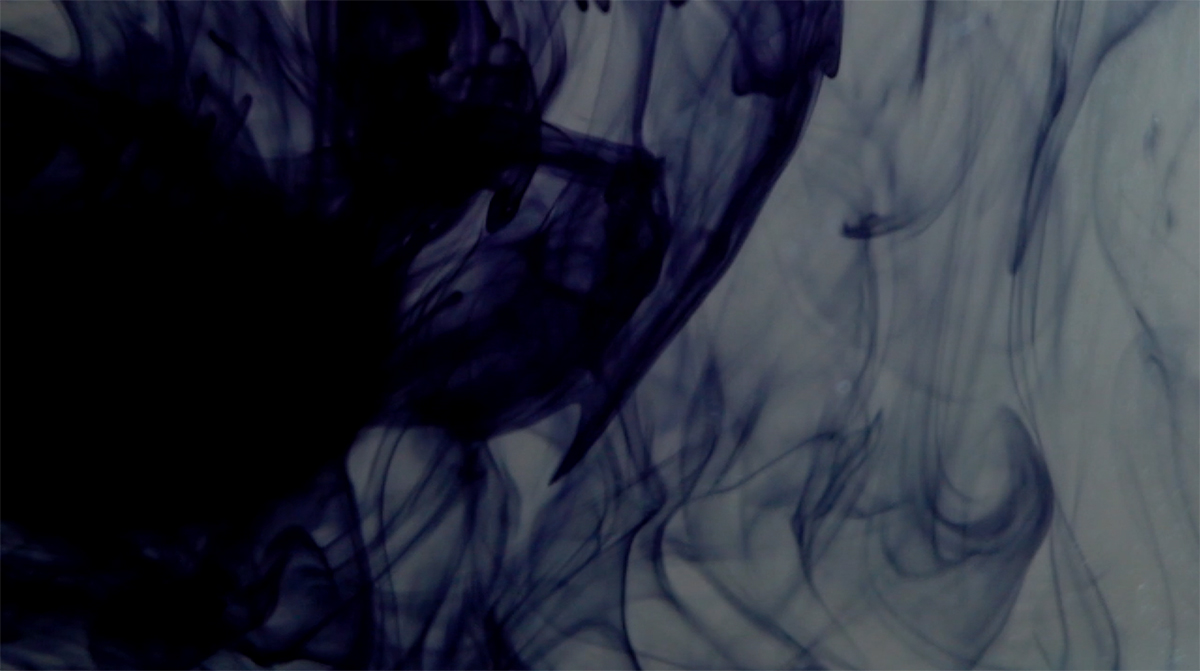

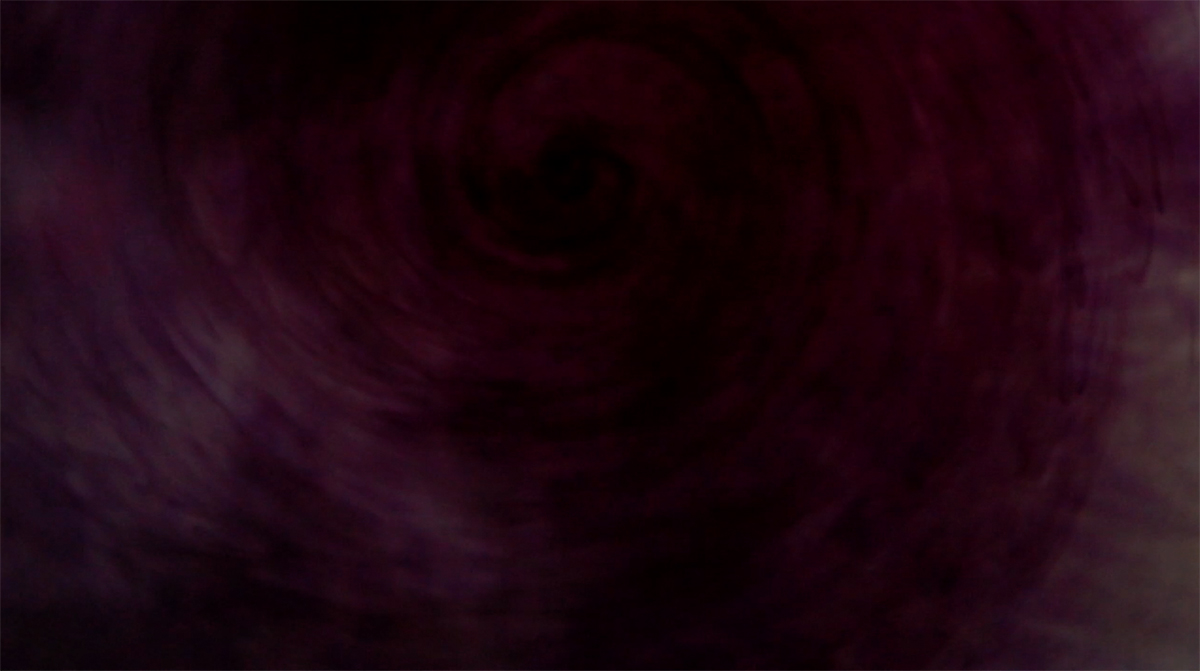

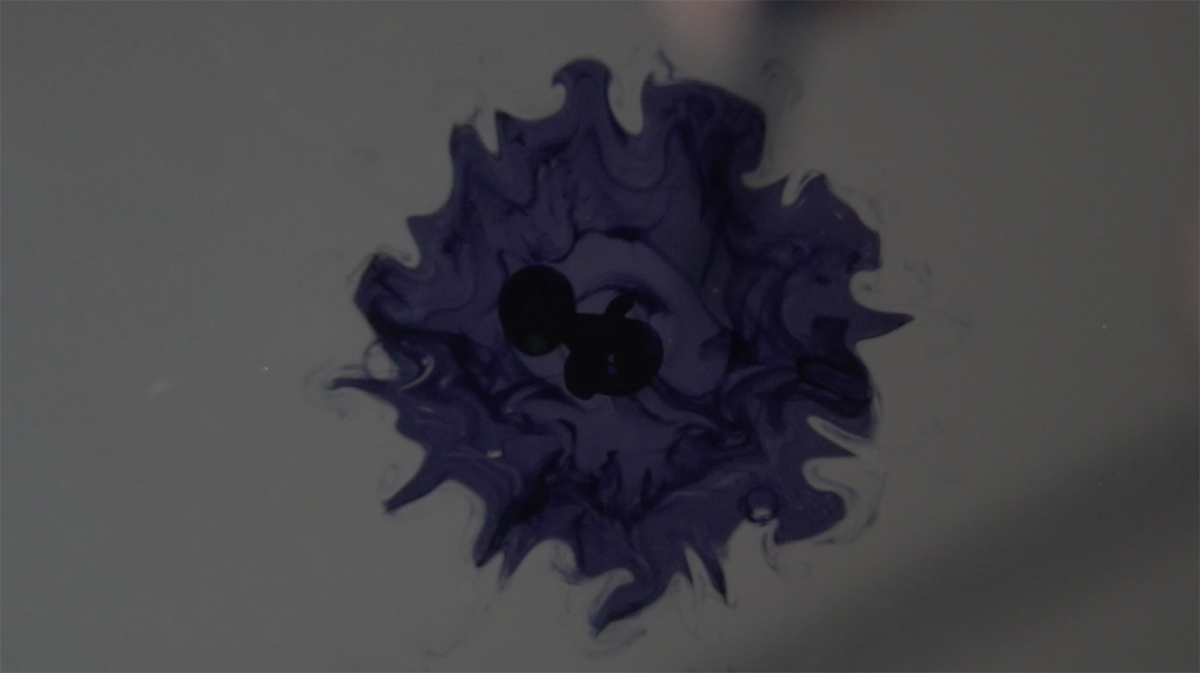
Photo credits ©SCC
This environment unfolds as series of coiled bedtime compositions, lullabies that invite the audience into sharing a gesture of sleep. Upon being somatically guided into positions of laying down, an audio-visual-textual concert which has been specifically designed for dome-projection fills the night time with stories and songs of planetary proportions that are each at once both lullaby and wake-up call.
As Covid19 practically cancelled all live-arts events in the spring of 2020, this chapter had to migrate into the disinfected online space and we adapted what was supposed to be a choreographed sleep with live music and projections into an interactive video work. Unable to share a place with our audiences, we broadcasted a shared time in the virtual space of the Vierte-Welt Theater in Berlin.
As Covid19 practically cancelled all live-arts events in the spring of 2020, this chapter had to migrate into the disinfected online space and we adapted what was supposed to be a choreographed sleep with live music and projections into an interactive video work. Unable to share a place with our audiences, we broadcasted a shared time in the virtual space of the Vierte-Welt Theater in Berlin.







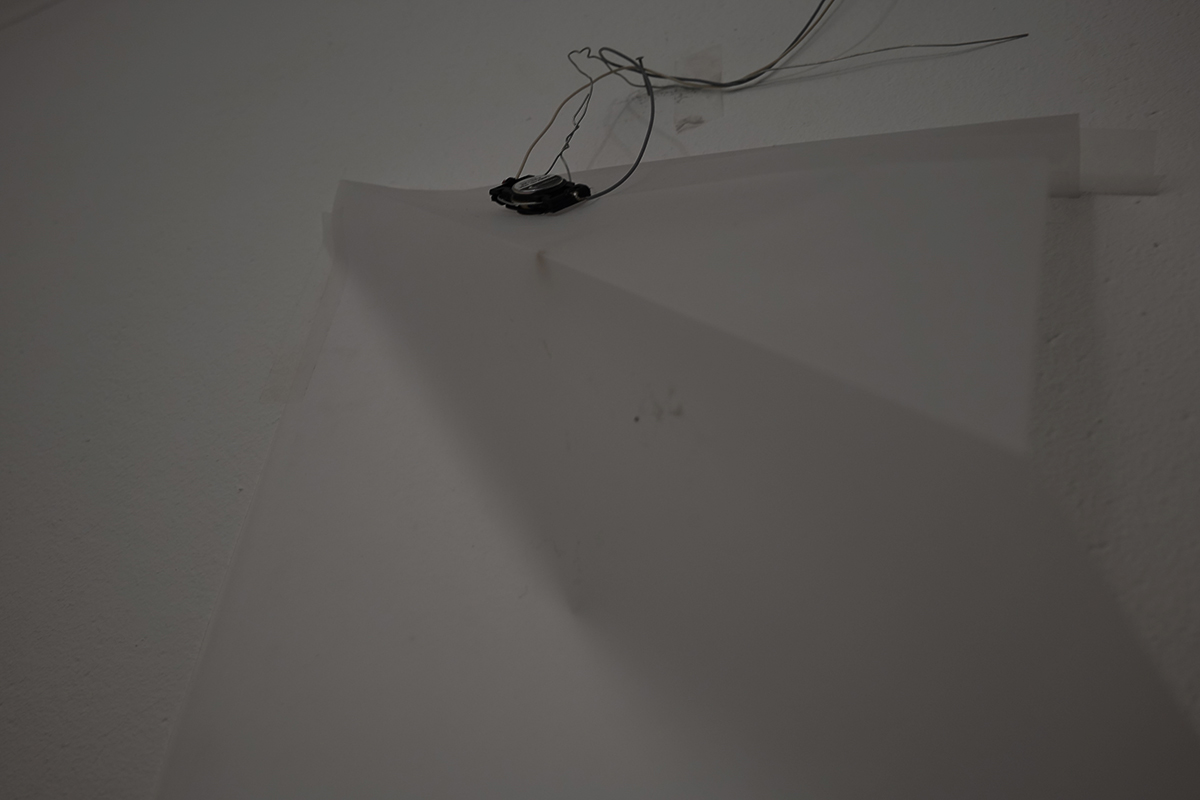

Photo credits ©SCC
‘Room Tunings’ is a site-specific, time-based sono-choreographic environment in which a room is tuned to its own modes by measuring its acoustic resonance peaks. These measurements reveal peak frequencies, points in the sonic spectrum that are amplified by the room's architecture and dimensions, that when aggregated construct a site-specific musical mode. Within this mode, a specific number of hexachords are composed and played through a ring of site-specific instruments along the walls. This number corresponds to the duration of the environment such that in a sequence, one chord is played per day of the installation. Particular place as temporal experience
‘Room Tunings: sign CIAT’ was initially conceived for the inner room of the Contemporary Institute for Art and Thought in Berlin; the environment is transposable to other spaces under suitable conditions for design and installation.
‘Room Tunings: sign CIAT’ was initially conceived for the inner room of the Contemporary Institute for Art and Thought in Berlin; the environment is transposable to other spaces under suitable conditions for design and installation.
Commissioned by the Contemporary Institute for Art and Thought (CIA&T)
Funded by VG Bild-Kunst
Funded by VG Bild-Kunst
Instrumentalities for Common Grounds is a participatory performance that collectively tunes into sonifications of environmental data, scaling 20 years of hourly arctic measurements into 60 minutes. In this immersive performance-lecture the Sono-Choreographic Collective shares methods developed for listening, sensing, understanding and connecting to climate change from an embodied perspective. During the performance, participants are guided through various sonic and somatic techniques that tie the planetary scales with individual and collective sensory scales. The performance unfolds around a table that is a hybrid surface for discourse, policy, strategy, negotiation, communication and communion.

Playground N is an environment in which our family of custom-made electromagnetic and acoustic spin-tops are variously tuned and played to continuously hold a spin. Here sonified gravity and voice are spatialised, while a live-video feed closely observes the tactile and kinetic behaviors of the instruments and their instrumentalists. The resulting audio-visual-textual polyphony makes for a hybrid between a musical performance and lecture, that manifests both as a performance of the sono-choreographic process, and often also as an installation of the performance.
:: HBK Braunschweig


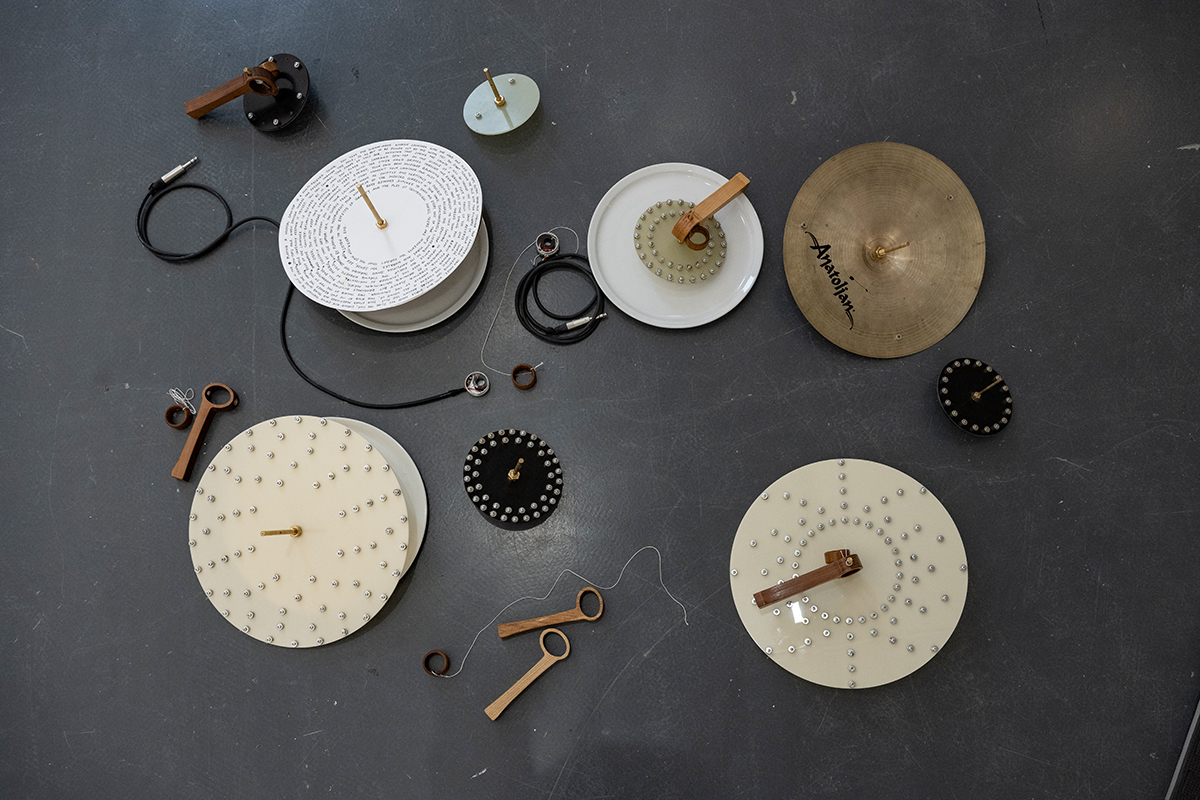



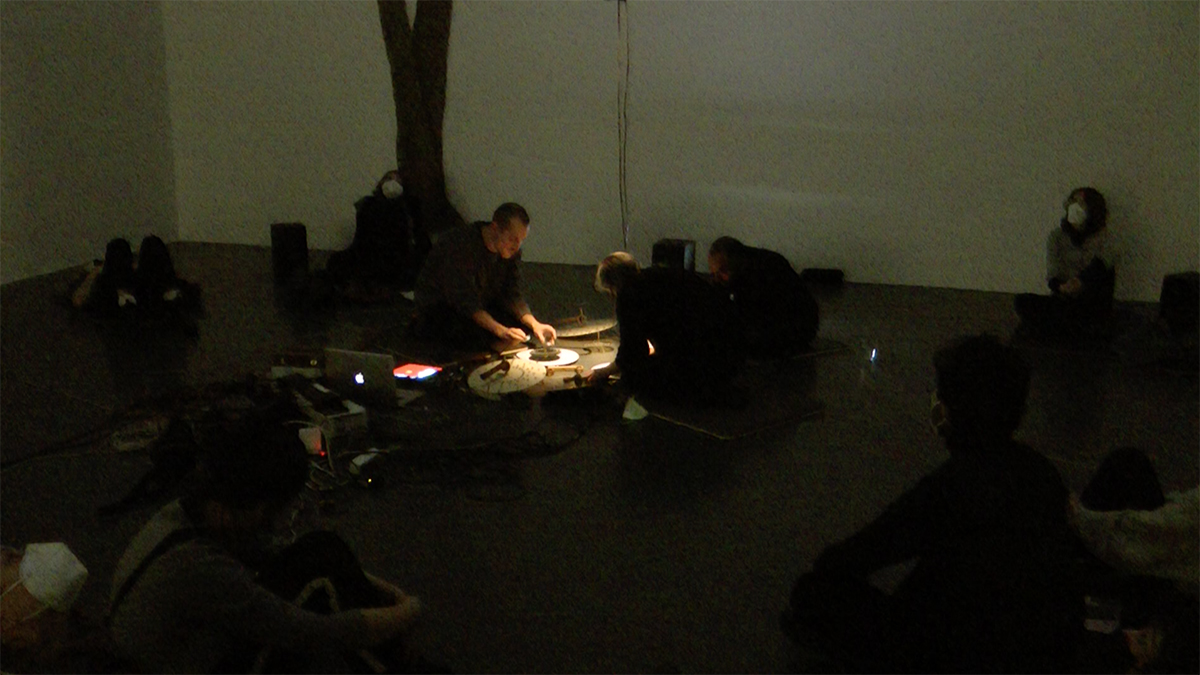
Photo credits ©Timo Jaworr
Commissioned for the exhibition Height, Pace, Consistency at the Gallery of the Braunschweig University of Art (HBK).
Funded by the HBK and the Niedersächsisches Ministerium für Wissenschaft und Kultur
Funded by the HBK and the Niedersächsisches Ministerium für Wissenschaft und Kultur
:: HAW Hamburg


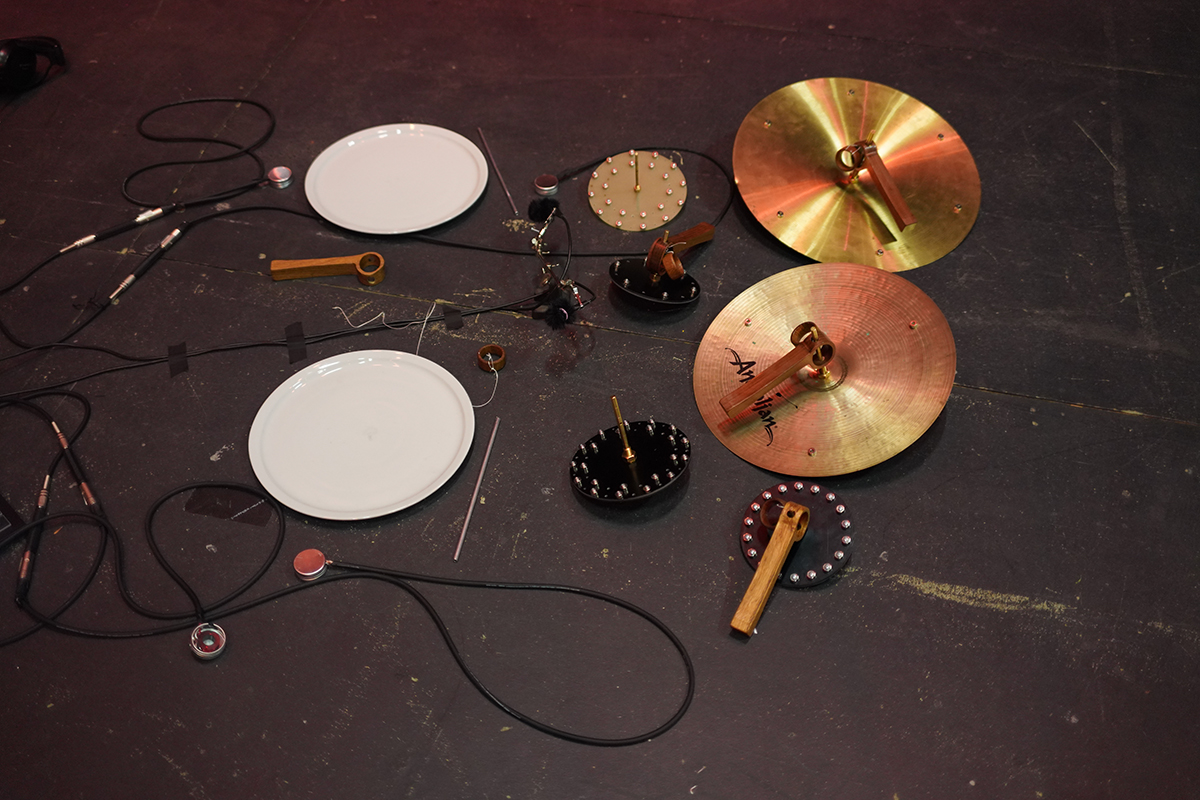


Photo credits ©SCC & klingt gut!
Commissioned by klingt gut! 2020/21 Symposium on Sound, at HAW Hamburg
:: Open Studio Berlin




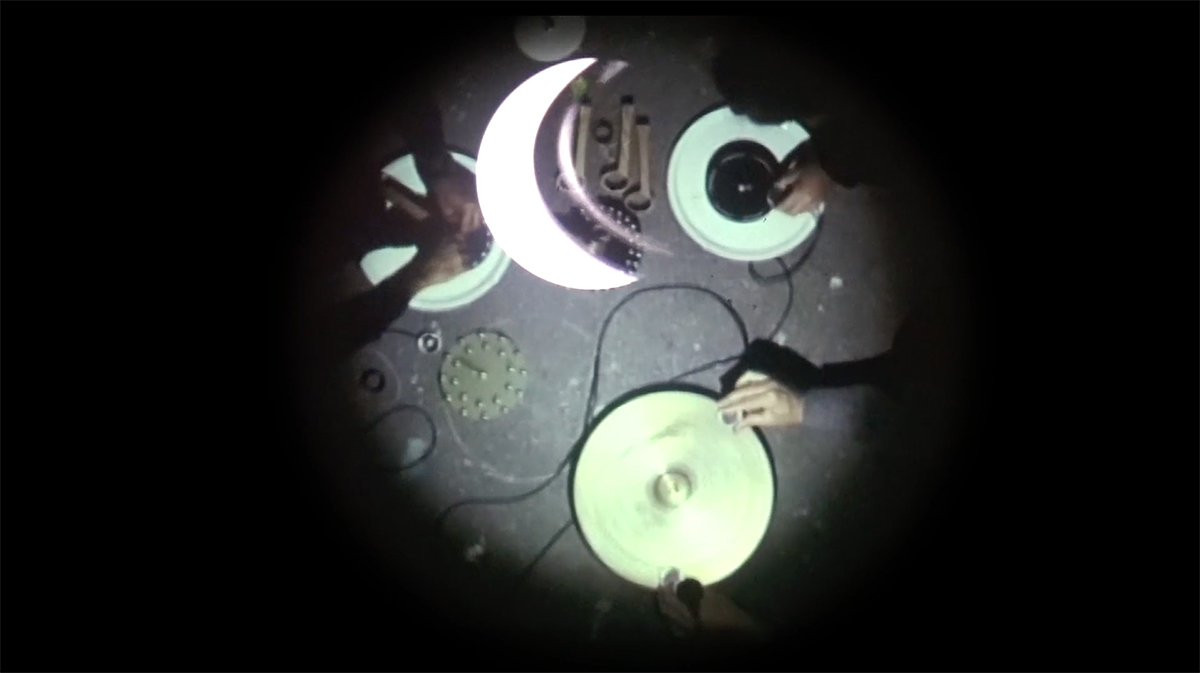
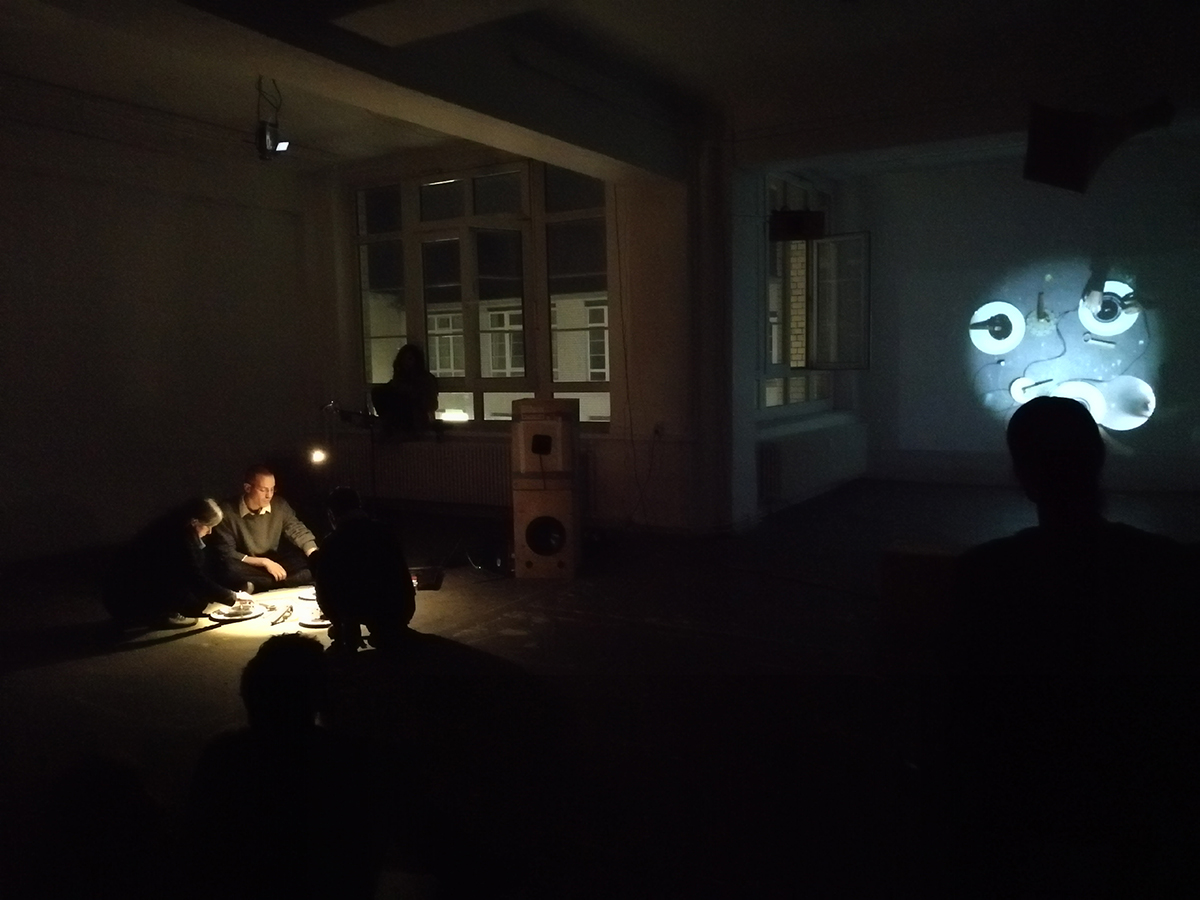
Photo credits ©SCC

Common Grounds - Bayelva Research Station, Photo credits ©EstherHorvath
‘Common Grounds’ is an artistic-scientific research exploring strategies for sonifying environmental data. Initiated in 2020 by the Sono-Choreographic Collective and Julia Boike, head of Energy- and Water fluxes research group at the Alfred-Wegener-Institut Potsdam. Through 2025 this research asks how a long-term collaboration between climate science and sonic arts can be translated into public experiences that offer embodied, sensorial connections to the fragile complexity of planetary systems.
Climatic changes occur on spatial and temporal scales much larger and slower than those we humans can sensorially perceive. Therefore even in the face of palpable damages to the earths atmo-, hydro-, cryo- and geo-spheres, the climate crisis still remains for many but an inaccessible, looming threat. Drawing on long term datasets from the fastest warming place on earth - the circumpolar region of the Arctic, the collective develops custom software, sonic instruments, storytelling strategies and participatory somatic practices towards producing a constellation of artistic outputs including a sound installation, a concert-lecture, a music record, a video work and an art-science publication.
‘Twenty Springs’ is a sonic environment drawing on their artistic-scientific research Common Grounds This installation uses a detailed set of hourly environmental data points recorded since 1998 at the Bayelva permafrost measurement station at the Svalbard archipelago in the high arctic region of Norway. Through custom software developed by the collective in collaboration with Tobias Grewenig, the 33 parameters of the dataset are translated and fed into an array of multi-channel sounding sculptures. Compressed into a single hour, it sonifies the first twenty springs of the current millenium as a navigable, storied, sound-light environment.
Read more here on the project’s wiki︎︎︎
Climatic changes occur on spatial and temporal scales much larger and slower than those we humans can sensorially perceive. Therefore even in the face of palpable damages to the earths atmo-, hydro-, cryo- and geo-spheres, the climate crisis still remains for many but an inaccessible, looming threat. Drawing on long term datasets from the fastest warming place on earth - the circumpolar region of the Arctic, the collective develops custom software, sonic instruments, storytelling strategies and participatory somatic practices towards producing a constellation of artistic outputs including a sound installation, a concert-lecture, a music record, a video work and an art-science publication.
‘Twenty Springs’ is a sonic environment drawing on their artistic-scientific research Common Grounds This installation uses a detailed set of hourly environmental data points recorded since 1998 at the Bayelva permafrost measurement station at the Svalbard archipelago in the high arctic region of Norway. Through custom software developed by the collective in collaboration with Tobias Grewenig, the 33 parameters of the dataset are translated and fed into an array of multi-channel sounding sculptures. Compressed into a single hour, it sonifies the first twenty springs of the current millenium as a navigable, storied, sound-light environment.
Read more here on the project’s wiki︎︎︎
Common Grounds is an artistic-scientific project and is being developed in collaboration with the Permafrost research group led by Julia Boike at Alfred-Wegener-Institut Potsdam. And with
Tobias Grewenig who works with us on the sonification methods and software.
The Audio Guide Voice is narrated by Atalya Tirosh and the audio-guide programming is by Moshe Levine.
Up to now Common Ground has been supported by the HIDA X ATD fellowship of the Academy for Theater and Digitally, the HIDA Helmholtz Information and Data Science Academy and the the wilo foundation, by the Alfred-Wegener-Institut Helmholtz Zentrum für Polar- und Meeresforschung AWI, by a NEUSTART_Stipendium of the STIFTUNG KUNSTFONDS, by the Malmö City Cultural Council and the Sound Environment Center at Lund University.
Tobias Grewenig who works with us on the sonification methods and software.
The Audio Guide Voice is narrated by Atalya Tirosh and the audio-guide programming is by Moshe Levine.
Up to now Common Ground has been supported by the HIDA X ATD fellowship of the Academy for Theater and Digitally, the HIDA Helmholtz Information and Data Science Academy and the the wilo foundation, by the Alfred-Wegener-Institut Helmholtz Zentrum für Polar- und Meeresforschung AWI, by a NEUSTART_Stipendium of the STIFTUNG KUNSTFONDS, by the Malmö City Cultural Council and the Sound Environment Center at Lund University.
An artistic research into the collaborative potential of ritual, spiritual and digital practices and discourses for the 21st century.
At a juncture where the vulnerability of human and planetary health have been foregrounded, and where the digital turn risks being enacted uncritically along a linear progressive model, it is imperative to ask: unlike its industrial counterpart, can the digital milieu expressly refute the vectors of violence motored by colonialism?
This research proposes that digital practices and discourses open up decolonial dialogues with Indic ritual and spiritual practices that offer already-ecologized ways-of-being (human or other-wise) in the world.
At a juncture where the vulnerability of human and planetary health have been foregrounded, and where the digital turn risks being enacted uncritically along a linear progressive model, it is imperative to ask: unlike its industrial counterpart, can the digital milieu expressly refute the vectors of violence motored by colonialism?
This research proposes that digital practices and discourses open up decolonial dialogues with Indic ritual and spiritual practices that offer already-ecologized ways-of-being (human or other-wise) in the world.
‘Templuralities’ is a long-term artistic research into cosmologies that offer alternatives to the linear-progressive model of time. Through a polysensorial practice of experiencing and knowing, this research proposes re-tuning our senses towards re-embodying time, for every-body keeps time.
‘Keeping’ time is both an act of scientific inquiry and artistic intimacy. This research proposes a triad of artistic-scientific things that hold and unfold time: instruments, myths and codes. Instruments - musical, scientific or those of the human body-mind itself; myths - aural and textual forms of stories that tell time; and codes - sacred-geometries and intelligent-algorithms from digital to occult. This time keeping triad calls into focus the ecological implications of temporal structures and therefore to our entangled relation with the environment. Responding to the extractive-exploitative bent of colonial thought that still motors modernity and its globalised malaise, Templurlities assert that acts of decolonisation are always also acts of environmental affirmation.
Initiated by the Sono-Choreographic Collective in 2020, the research unfolds through collaborative practices and shared presentations which we call Environments & Playgrounds.
‘Keeping’ time is both an act of scientific inquiry and artistic intimacy. This research proposes a triad of artistic-scientific things that hold and unfold time: instruments, myths and codes. Instruments - musical, scientific or those of the human body-mind itself; myths - aural and textual forms of stories that tell time; and codes - sacred-geometries and intelligent-algorithms from digital to occult. This time keeping triad calls into focus the ecological implications of temporal structures and therefore to our entangled relation with the environment. Responding to the extractive-exploitative bent of colonial thought that still motors modernity and its globalised malaise, Templurlities assert that acts of decolonisation are always also acts of environmental affirmation.
Initiated by the Sono-Choreographic Collective in 2020, the research unfolds through collaborative practices and shared presentations which we call Environments & Playgrounds.

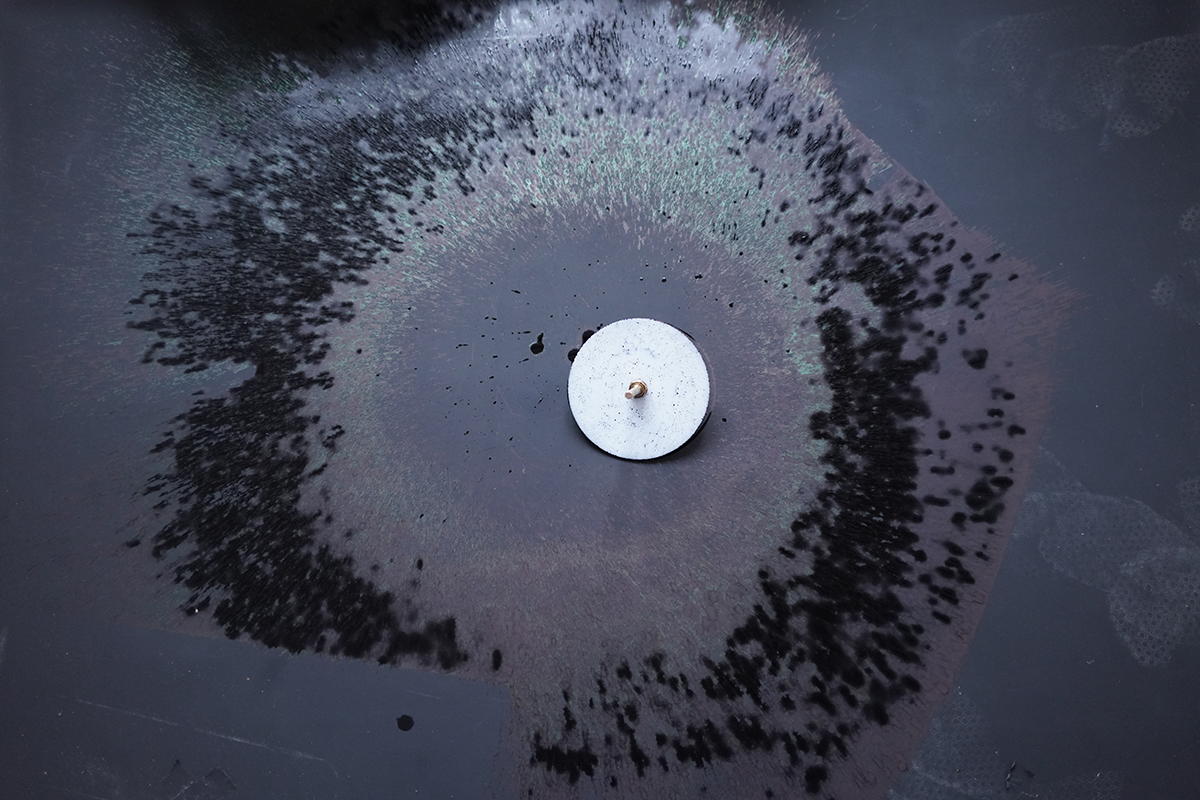
Photo credits ©SCC
To answer the issue’s provocation:what does decolonization look like in this age of hybridity?‘ this poly-modal essay offers glimpses into Scc’s transdisciplinary and cross- cultural artistic research processes by reaching into our desktops and drawers, our lab, kitchen and garden spaces.
This assemblage of text, sound, images and video is an expanding portrait of our still growing and spinning musical instruments.
Read here︎︎︎
This assemblage of text, sound, images and video is an expanding portrait of our still growing and spinning musical instruments.
Read here︎︎︎
Commissioned by herri magazine